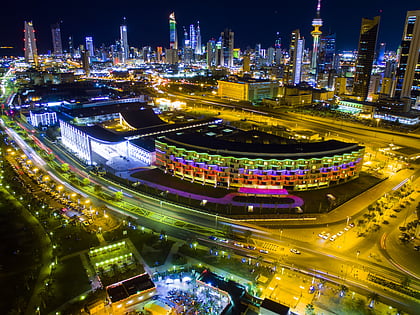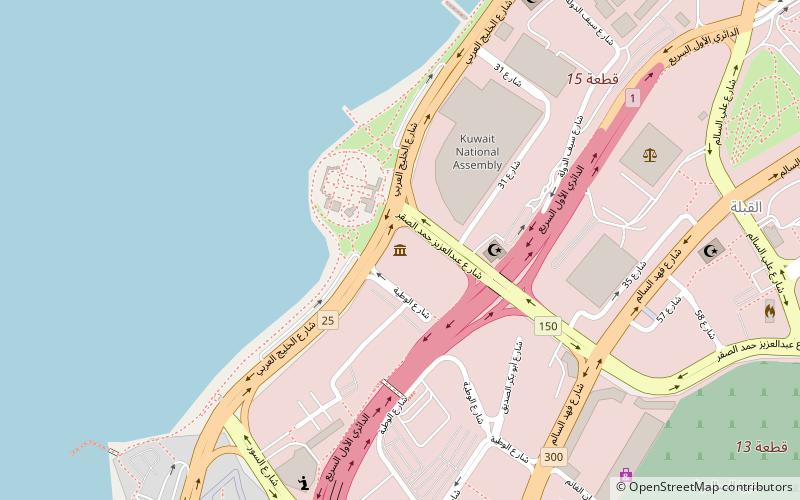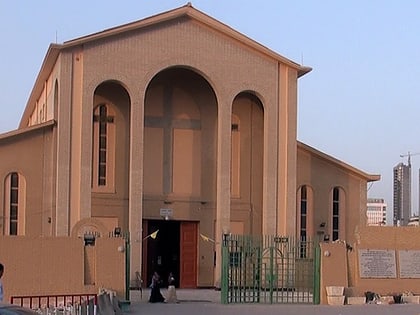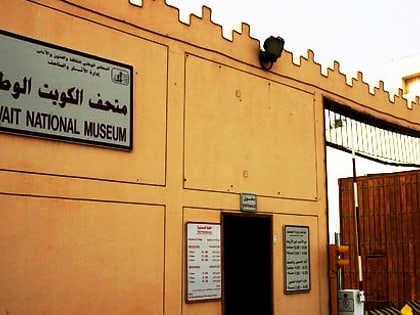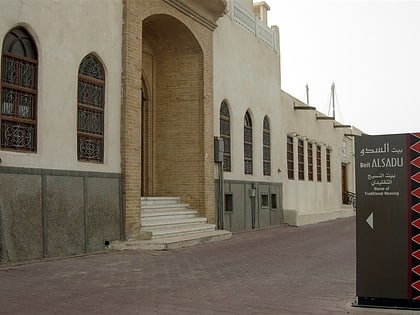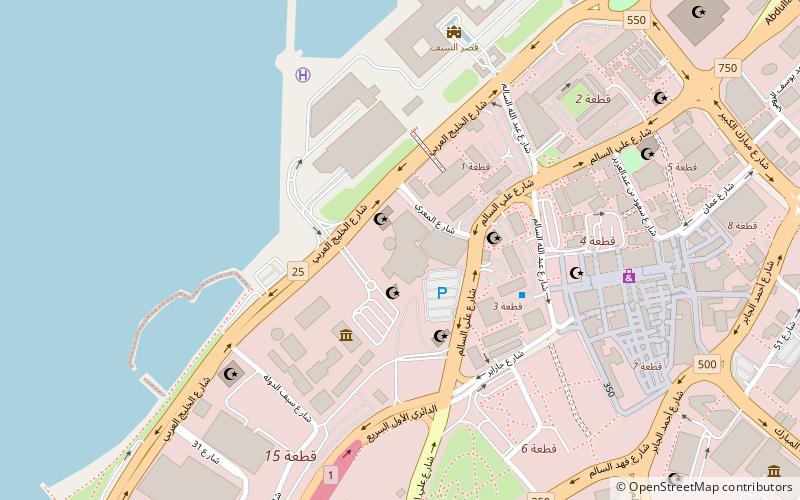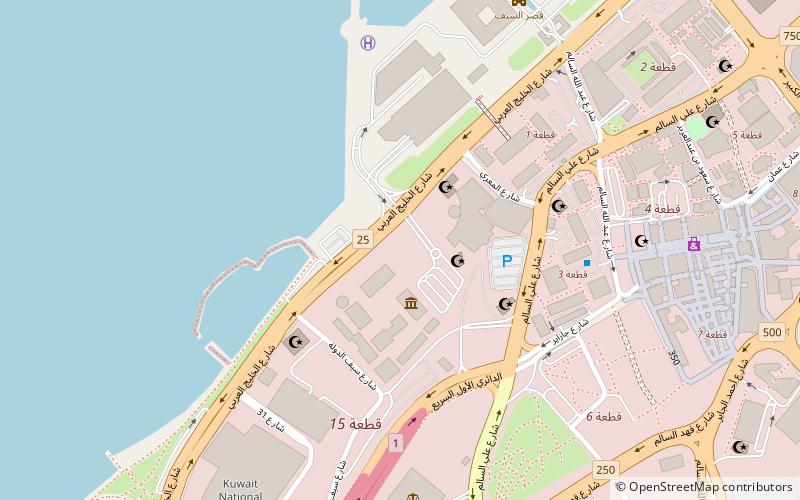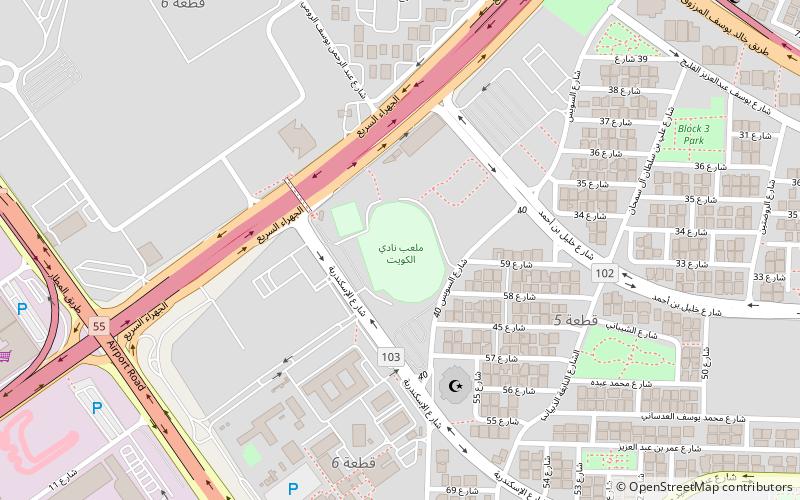Al Salam Palace, Kuwait City
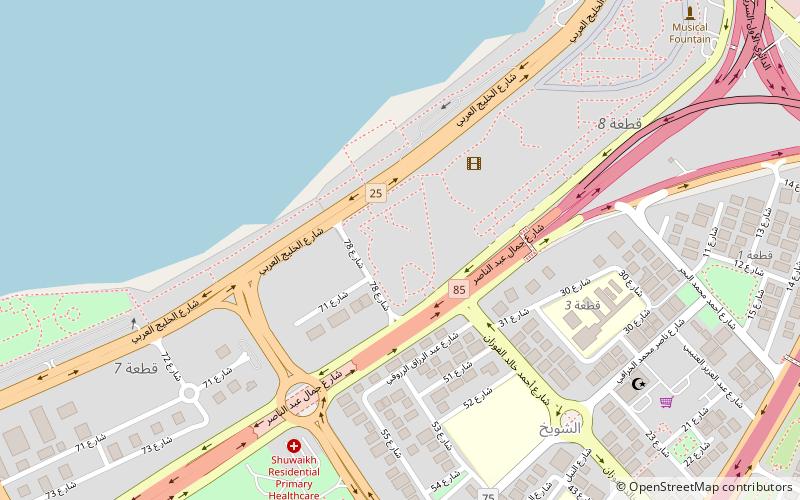

Facts and practical information
Nestled in the heart of Kuwait City, Al Salam Palace is a beacon of modern history and architectural splendor. This grandiose palace, which derives its name from the Arabic word for "peace," has witnessed the transformation of Kuwait from a small Gulf state to a prosperous nation.
Al Salam Palace was originally constructed in the early 1960s as a government guesthouse, designed to host visiting dignitaries and heads of state. Its strategic location by the Arabian Gulf, coupled with its imposing structure, made it a landmark of Kuwait City's skyline. The palace has since undergone extensive renovations to restore it to its former glory after it suffered significant damage during the Iraqi invasion in 1990.
The palace's architecture is a harmonious blend of traditional Islamic design elements and modern aesthetics. The ornate facade is adorned with intricate patterns and motifs that reflect the rich cultural heritage of the region. Inside, the palace boasts luxurious halls, opulent furnishings, and state-of-the-art facilities, all of which are designed to offer the utmost comfort and elegance to its guests.
Following its restoration, Al Salam Palace was reopened to the public, allowing visitors to explore its majestic rooms and halls. The palace now serves as a museum, showcasing artifacts and exhibits that narrate the history of Kuwait and the ruling family. The museum also provides a glimpse into the life of the royal court and the diplomatic events that have taken place within the palace walls.
Al Salam Palace is open to tourists and residents alike, offering guided tours that provide an insight into the country's political history and cultural evolution. Visitors can stroll through the palace's lush gardens, admire the panoramic views of the Gulf, and immerse themselves in the opulence that surrounds them.
العاصمه (الشويخ)Kuwait City
Al Salam Palace – popular in the area (distance from the attraction)
Nearby attractions include: Dar al Athar al Islamiyyah, Holy Family Cathedral, Kuwait National Museum, Sadu House.
